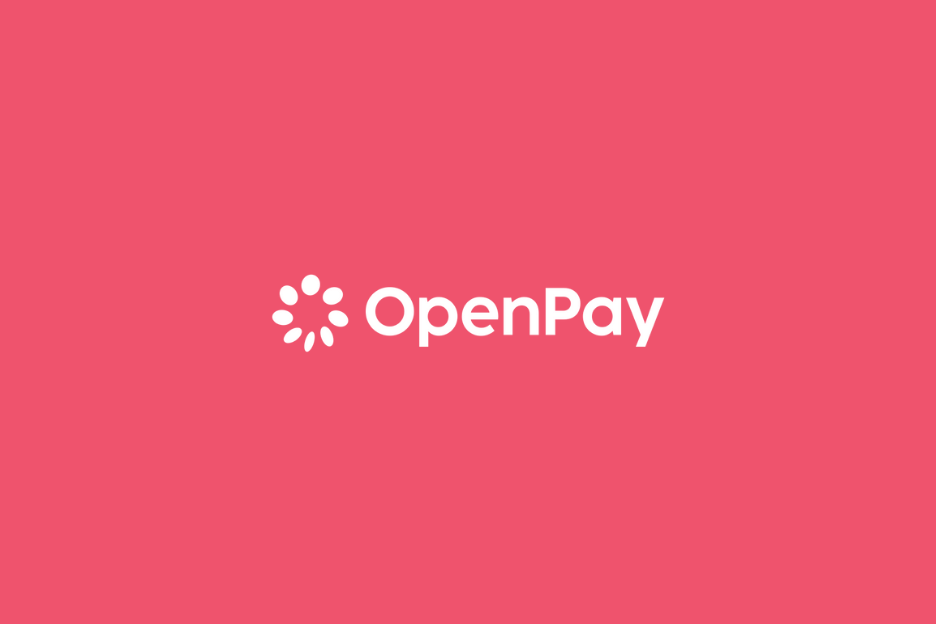In the active world of online marketing, feed optimisation is a crucial aspect of ensuring your products, services, or content reach the right audience and perform at their best. If you're managing a product feed for an ecommerce website, the following best practice tips could help improve your online visibility and conversions.
In this article, we'll explore five feed optimisation tips that could help you achieve maximum results.
Maintain Consistent And High-Quality Data
The foundation of a well-optimised feed lies in consistent and high-quality data so you should ensure that all the information in your feed is accurate, up-to-date, and error-free. Whether it's product titles, descriptions, prices, or images, consistency is key. You need to make sure that you’re following the specific requirements and guidelines of the platform where you'll be using the feed, whether that be Google Merchant Center or social media platforms.
Use Relevant And Descriptive Titles
The titles in your feed play a vital role in capturing your audience's attention and improving discoverability. You should use brief and descriptive titles that accurately represent your products or content - remember to include relevant keywords to increase the chances of your feed showing up in relevant searches. However, avoid filling titles with irrelevant keywords as this could negatively affect your feed's performance and user experience.
Optimise Product Images And Media
Visual appeal is crucial in online marketing, especially for product feeds. When optimising your product feeds, using high quality images that showcase your products is important when attracting potential customers. Ensure that all of your images meet that particular platform's requirements for size, resolution, and format. When it comes to content feeds, consider using appealing featured images to entice your audience to click through and engage with your content.
Leverage Custom Labels And Attributes
The majority of platforms allow you to use custom labels and attributes to segment and categorise your products or content further, take advantage of these features. For ecommerce feeds, custom labels can help you group products based on performance, seasonality, or profit margin, making it easier to adjust bids and budgets. However, for content feeds, attributes like publishing date and category can enhance organisation and relevance.
Regularly Monitor And Update Your Feed
Feed optimisation is an ongoing process and it's essential to monitor your feed's performance regularly. By analysing data, you have the ability to identify trends and track key metrics such as clicks, conversions, and engagement. You can then use this information to make informed adjustments to your feed and optimise its performance regularly.
Conclusion
Feed optimisation is a crucial factor within a successful online marketing strategy. Following these five tips could help improve your online visibility, reach your target audience more effectively and drive higher conversions.
About The Agency
Everything Digital are a thriving ecommerce agency based in Leeds with a ferocious passion for driving end to end ecommerce strategies to brands and retailers alike to maximise their true potential online. With over 30+ years of experience collectively, the Everything Digital build online stores on Aero, whilst offering complimentary marketing services to their retailers.
This guest article has been written by Everything Digital to share their thoughts on their five best practice tips for feed optimisation. You can find out more about Everything Digital here.


